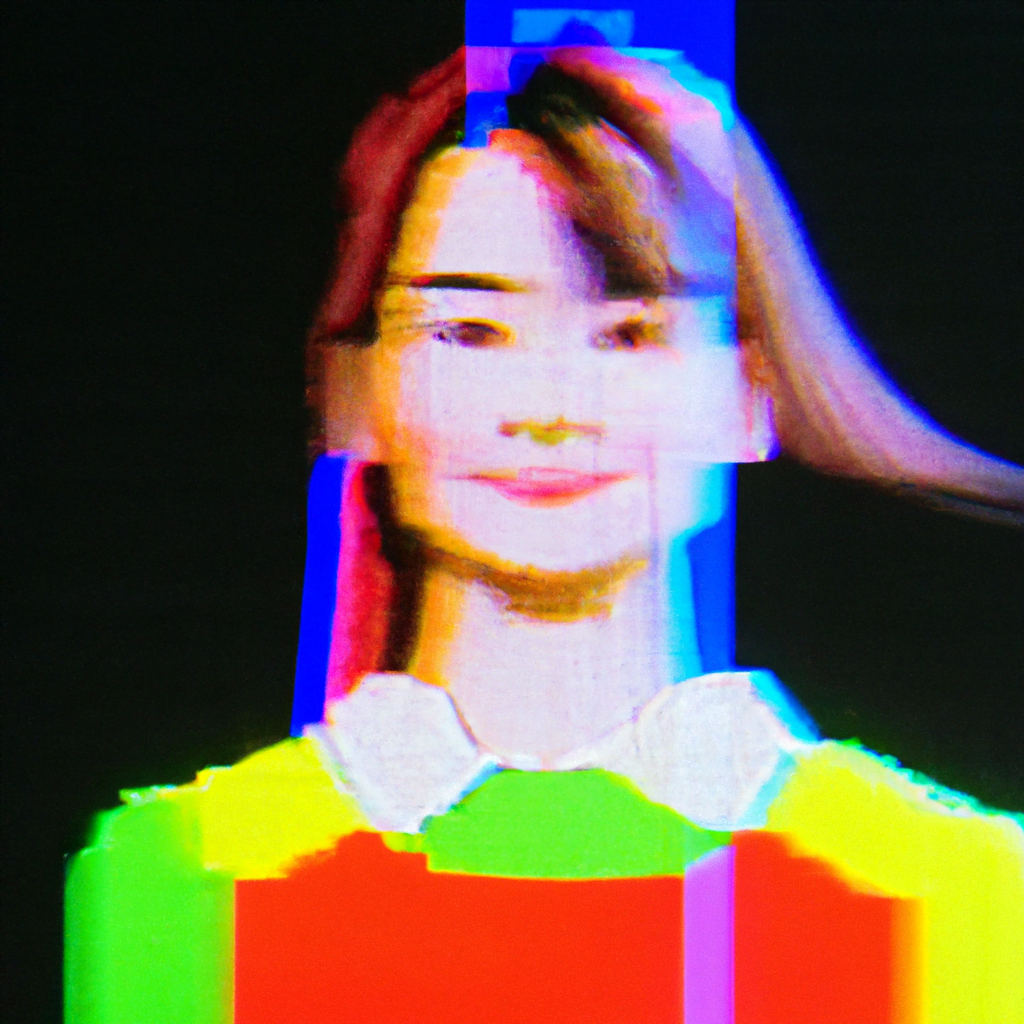
AI-Driven Personalization in Graphic Design

Graphic design plays a crucial role in capturing the attention of consumers and conveying messages effectively. In today’s digital age, where personalization is key to engaging audiences, artificial intelligence (AI) is revolutionizing the field of graphic design. AI-driven personalization in graphic design enables designers to create tailored and impactful visuals that resonate with individuals on a deeper level. This article explores the various ways AI is transforming graphic design and the benefits it brings to both designers and consumers.
The Rise of AI in Graphic Design
Artificial intelligence has made significant advancements in recent years, and its integration into graphic design has opened up new possibilities for designers. AI algorithms can analyze vast amounts of data, learn from patterns, and generate personalized designs based on individual preferences and behavior. This level of personalization was previously time-consuming and often required extensive manual work. Now, with AI, designers can streamline their workflow and create customized designs at scale.
Automated Design Generation
One of the most significant advantages of AI in graphic design is its ability to automate the design generation process. AI algorithms can analyze a brand’s visual identity, target audience, and design trends to create unique and personalized designs. For example, Logojoy, an AI-powered logo design platform, uses machine learning algorithms to generate logos based on user preferences. By inputting keywords and design preferences, users can receive a range of logo options tailored to their specific needs.
AI-driven design generation not only saves time but also provides designers with inspiration and ideas. By leveraging AI, designers can explore various design possibilities and iterate quickly, ultimately leading to more innovative and effective designs.
Dynamic Content Creation
Another area where AI-driven personalization excels is in dynamic content creation. Dynamic content refers to designs that can adapt and change based on user interactions or real-time data. AI algorithms can analyze user behavior, preferences, and contextual information to generate personalized designs in real-time.
For example, Netflix uses AI algorithms to personalize the artwork displayed for each movie or TV show based on a user’s viewing history and preferences. By analyzing data such as genre preferences, previous watch history, and user demographics, Netflix can dynamically generate artwork that is more likely to capture the user’s attention and entice them to watch the content.
The Benefits of AI-Driven Personalization in Graphic Design
The integration of AI-driven personalization in graphic design brings numerous benefits to both designers and consumers. Let’s explore some of the key advantages:
Enhanced User Experience
- AI-driven personalization allows designers to create designs that resonate with individuals on a personal level, resulting in a more engaging user experience.
- By analyzing user data and preferences, AI algorithms can generate designs that align with the user’s interests, leading to increased user satisfaction.
- Personalized designs can also improve usability by presenting information in a format that is most relevant and accessible to the user.
Increased Efficiency and Productivity
- AI automates repetitive and time-consuming tasks, allowing designers to focus on more creative and strategic aspects of their work.
- Designers can leverage AI-powered tools to generate design variations quickly, saving valuable time in the design iteration process.
- AI algorithms can also assist in generating design assets, such as color palettes or typography suggestions, further streamlining the design workflow.
Improved Brand Consistency
- AI algorithms can analyze a brand’s visual identity and style guidelines to ensure consistency across various design assets.
- Designers can rely on AI-powered tools to generate designs that align with the brand’s aesthetics, maintaining a cohesive and recognizable brand image.
- Consistent branding enhances brand recognition and helps build trust and loyalty among consumers.
Case Studies: AI-Driven Personalization in Graphic Design
Several companies have already embraced AI-driven personalization in graphic design and have witnessed significant improvements in their design processes and outcomes. Let’s take a look at a couple of case studies:
Adobe Sensei: AI-Powered Design Assistance
Adobe Sensei, the AI and machine learning framework developed by Adobe, offers a range of AI-powered features to assist designers in their creative process. One notable feature is the “Content-Aware Layout” in Adobe InDesign, which uses AI algorithms to suggest layout options based on the content and design elements.
By analyzing the structure of the document and the designer’s preferences, Adobe Sensei can generate multiple layout options, saving designers time and providing them with inspiration. This AI-driven personalization feature enables designers to explore different design possibilities quickly and efficiently.
Canva: AI-Driven Design Recommendations
Canva, a popular online graphic design platform, leverages AI to provide personalized design recommendations to its users. By analyzing user behavior, design preferences, and industry trends, Canva’s AI algorithms suggest design templates, color palettes, and typography options that align with the user’s needs.
This AI-driven personalization not only helps users create visually appealing designs but also educates them about design principles and best practices. By receiving tailored recommendations, users can improve their design skills and create more professional-looking visuals.
Conclusion
AI-driven personalization is transforming the field of graphic design, enabling designers to create customized and impactful visuals at scale. By automating design generation and leveraging user data, AI algorithms can generate personalized designs that resonate with individuals on a deeper level. The benefits of AI-driven personalization in graphic design include enhanced user experience, increased efficiency and productivity, and improved brand consistency.
As AI continues to advance, we can expect even more sophisticated and powerful tools to assist designers in their creative process. Embracing AI-driven personalization in graphic design allows designers to stay ahead of the curve and deliver designs that captivate and engage audiences in a highly personalized manner.
